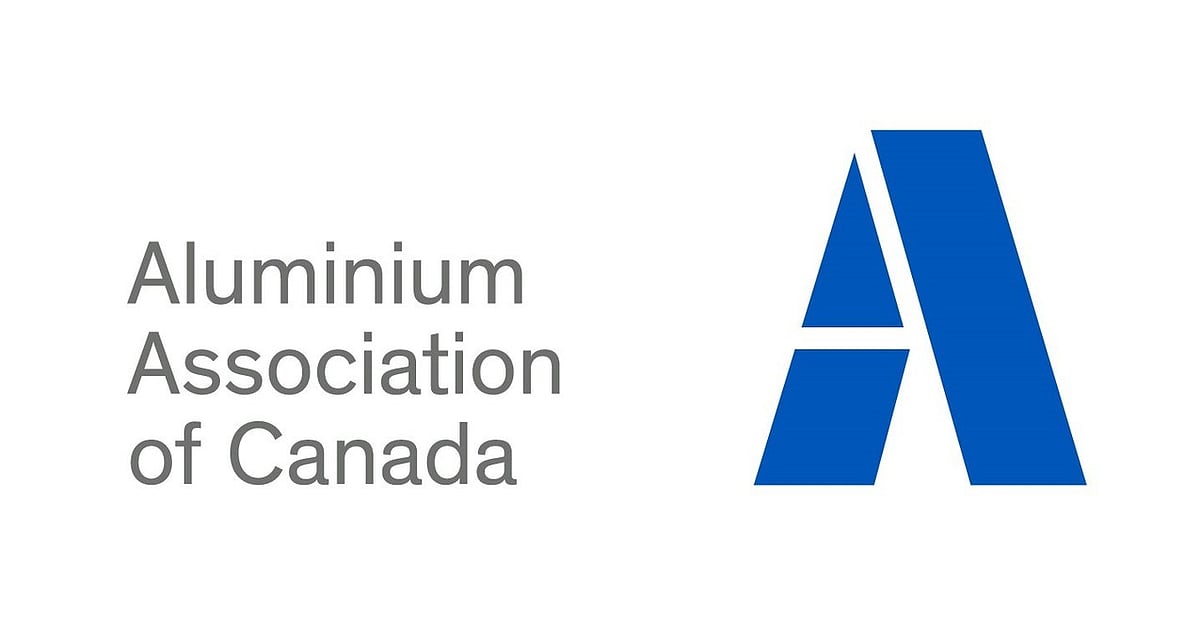Canadian Aluminum Industry Crisis: Trade War's Bitter Toll

Table of Contents
H2: The Impact of Aluminum Tariffs
The imposition of tariffs on Canadian aluminum exports, particularly those destined for the US market, has dealt a significant blow to the industry. These trade barriers, designed to protect domestic producers, have severely hampered the competitiveness of Canadian aluminum producers. The impact of these US aluminum tariffs extends far beyond simple price increases.
-
Quantifying the losses: Estimates suggest Canadian aluminum producers have lost hundreds of millions of dollars in revenue due to reduced export volumes and decreased profitability stemming from the aluminum tariffs. Precise figures are difficult to obtain due to the complexities of global trade data, but industry reports consistently point to substantial financial losses.
-
Job losses and employment: The reduced production capacity caused by the tariffs has led to significant job losses across the Canadian aluminum industry, from smelters to fabrication plants. This has had a knock-on effect on communities heavily reliant on aluminum production for employment.
-
Shifted export destinations and supply chain disruptions: Faced with reduced access to the US market, Canadian producers have scrambled to find alternative export destinations. This has led to increased transportation costs, logistical complications, and disruptions to established supply chains. Some producers have even been forced to curtail production entirely.
-
Retaliatory measures: Canada has explored and implemented retaliatory measures, though often limited by the complexities of international trade law and the desire to avoid further escalation of the trade war. Finding a balance between defending domestic industries and maintaining positive US-Canada trade relations remains a delicate act.
H2: Fluctuating Aluminum Prices and Market Volatility
Fluctuating aluminum prices exacerbate the challenges faced by the Canadian aluminum industry. This market volatility, influenced by global economic conditions and geopolitical factors, creates instability and makes long-term planning extremely difficult.
-
Price trends and trade disputes: Aluminum price trends over the past few years clearly demonstrate a strong correlation with trade disputes. Periods of heightened trade tensions often correspond to increased price volatility, making it difficult for producers to establish stable pricing models.
-
Global economic conditions and aluminum demand: Global economic slowdowns directly impact aluminum demand, as construction and manufacturing projects are often delayed or canceled. This, in turn, affects the price of aluminum, creating uncertainty for Canadian producers.
-
Speculation and hedging strategies: Market speculation and the use of hedging strategies by larger players further contribute to price fluctuations. Smaller Canadian producers are particularly vulnerable to these market forces due to their limited resources and market power.
-
Vulnerability of smaller producers: Smaller Canadian aluminum producers are disproportionately affected by price swings, as they often lack the financial reserves to withstand prolonged periods of low prices. This has led to increased consolidation within the industry, as smaller players are forced to merge or shut down.
H3: The Ripple Effect on Related Industries
The crisis in the Canadian aluminum industry doesn't exist in isolation. Its effects ripple throughout the Canadian economy, impacting numerous downstream industries that rely on aluminum as a key input.
-
Key downstream industries: Industries such as automotive manufacturing, construction, and packaging are heavily reliant on Canadian aluminum. Reduced aluminum production directly impacts these sectors, leading to increased costs and potential production slowdowns.
-
Indirect job losses: The job losses in aluminum production lead to indirect job losses in related industries. Suppliers, transportation companies, and other businesses that support the aluminum sector suffer as well.
-
Challenges for businesses relying on stable aluminum supplies: Businesses reliant on consistent aluminum supplies face significant challenges during periods of instability. This can result in supply chain disruptions, delays in project completion, and increased costs.
H2: Government Response and Policy Implications
The Canadian government has implemented various support measures for the aluminum industry, including financial aid and trade negotiations. However, the long-term success of the industry requires more proactive policy changes.
-
Effectiveness of government support programs: While government support programs have offered some relief, their overall effectiveness is debated. Many argue that more substantial and targeted measures are needed to address the systemic challenges faced by the industry.
-
Policy changes to mitigate future risks: Diversifying export markets, investing in research and development to improve production efficiency, and strengthening trade relationships with reliable partners are essential policy changes that will help mitigate future trade-related risks.
-
Diversifying the Canadian aluminum industry: Exploring new applications for aluminum, developing more value-added products, and investing in advanced manufacturing techniques will help the Canadian aluminum industry become more resilient.
-
Long-term prospects: The long-term prospects of the Canadian aluminum sector depend on a combination of government support, industry innovation, and a stable global trading environment.
3. Conclusion
The Canadian aluminum industry crisis, exacerbated by trade wars and volatile aluminum prices, poses a significant threat to the Canadian economy. The impact is widespread, affecting not only aluminum producers but also related industries and causing substantial job losses. Government intervention and proactive policy changes – including support for diversification and the mitigation of future trade risks – are crucial to navigate this challenge and ensure the long-term health and competitiveness of the Canadian aluminum industry. Understanding the intricacies of this crisis is vital; further research and open discussions are essential to finding sustainable solutions and protecting the future of Canadian aluminum production and its critical role in the Canadian economy. We must work together to overcome this crisis and ensure a thriving future for the Canadian aluminum industry.

Featured Posts
-
 Woman And 8 Year Old Hurt In South Seattle Drive By Shooting
May 29, 2025
Woman And 8 Year Old Hurt In South Seattle Drive By Shooting
May 29, 2025 -
 The Grupo Frontera Trump Controversy Facts And Fan Reactions
May 29, 2025
The Grupo Frontera Trump Controversy Facts And Fan Reactions
May 29, 2025 -
 Seattle Police Seek Publics Help In First Hill Homicide Investigation
May 29, 2025
Seattle Police Seek Publics Help In First Hill Homicide Investigation
May 29, 2025 -
 Bryan Cranstons Net Worth In 2025 A Comprehensive Look At His Earnings
May 29, 2025
Bryan Cranstons Net Worth In 2025 A Comprehensive Look At His Earnings
May 29, 2025 -
 Venlonaar 16 Veroorzaakt Paniek Op School Met Pistoolroof
May 29, 2025
Venlonaar 16 Veroorzaakt Paniek Op School Met Pistoolroof
May 29, 2025
